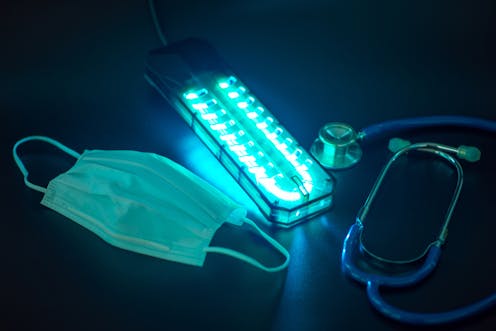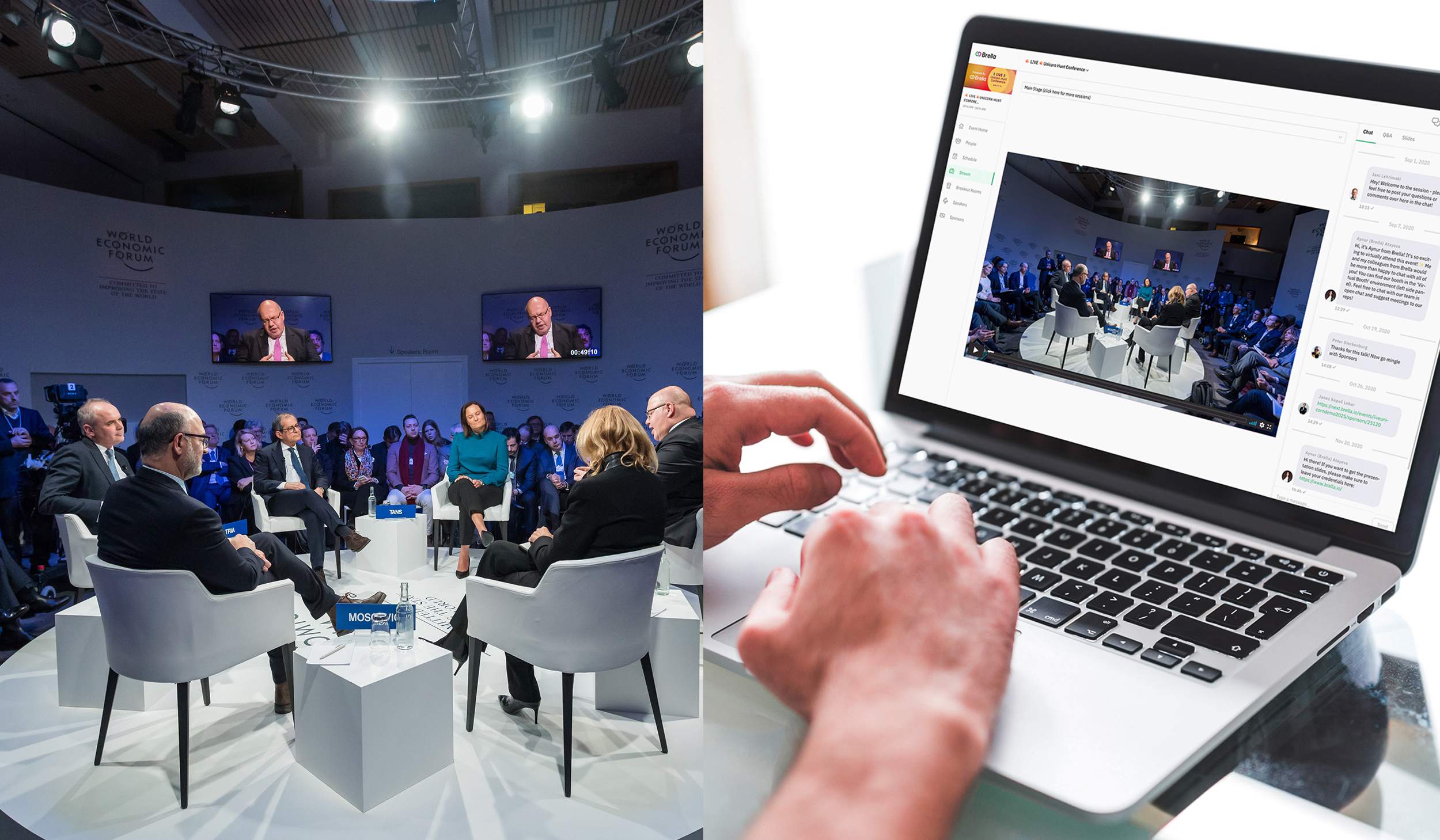
With all of the chaos that has been happening around the COVID19 virus and the pandemic, a lot of people around the world are asking about UV sanitation methods. Could it be that all it takes is the proper type of lighting to stop all viruses, including COVID in their tracks? Believe it or not, it is possible to fight germs with light, but it is a little more complicated than merely shining a light on the body for a few seconds. If you are thinking about installing some cleansing light into your home or business to make things safer, it might be a good idea to understand how it all works before you do.
What is UV Light?
Ultraviolet light is a type of radiation that is naturally emitted by the sun. Whenever you go out on the beach during a hot summer day and end up with a sunburn, you can thank UV rays for it. There are different types of UV light depending on the wavelength and frequency that it travels in. UVA and UVB are both well-known types of UV light because they both reach the earth’s crust and affect everybody and everything that they come into contact with. There is a third type of UV known as UVC, which people don’t naturally come into contact with because its rays never make it to the earth’s surface.
Problems with UV Light
Ultraviolet light has the ability to penetrate the eyes and the skin. Depending on the spectrum of that light it can even cause irreversible damage. If the world was to try and kill all viruses by flooding the communities with an extra powerful surge of UV light, it could give everybody cancer, and leave us all blind. The strategy behind using light to fight illness and germs is to create a type of lighting system or a sanitizing portal that is strong enough to eliminate germs, but delicate enough to not harm the eyes and skin of the people it shines on.
Far UVC 222
As we mentioned above, UVC does not penetrate the earth’s atmosphere, so it doesn’t reach people. However, science and technology have been able to create an artificial version of this light ray and harness some of its power. The number 222 is a representation of the wavelength of the light. Anywhere between 200nm and 250nm, UVC light is considered to be germicidal. However, too high of a wavelength can cause cellular damage to humans via the skin, and too low of a wavelength can be ineffective. 222 seems to be the exact sweet spot that effectively inactivates pathogens, but does not hurt the people that it comes into contact with.
Cleansing the World with UV Light

As it is, the sun does a fantastic job of keeping everything here on earth in perfect balance. Man has been able to mimic many of the rays that the sun gives us, and use them for a plethora of different means. For instance, if you have ever owned a lizard, such as an iguana or a bearded dragon, you are aware of the special kind of bulb that you have to put in the living environment that gives them the nutrients from the sun that they can’t get on their own. Although this is not the same kind of spectrum that fights germs, it does have its own way of providing health.
The world of science has a long way to go before they understand everything that is available to know, but they are getting closer. Fighting viruses, pathogens, and other germ problems are very possible with the kinds of lighting gadgets that are available on the market today. However, before you jump both feet into the buying bin, do your research on the particular product and make sure you understand the risks, and the rewards before you shell out your cash.






